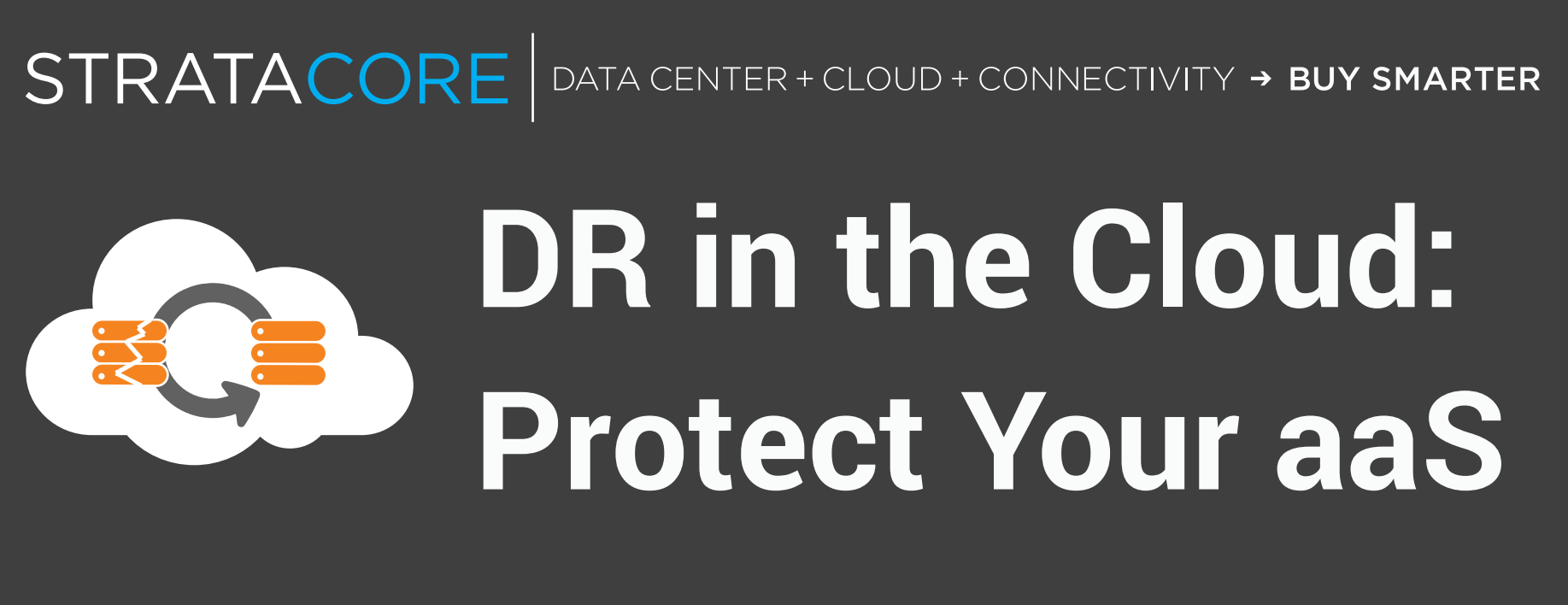Disaster Recovery-as-a-Service (DRaaS) has grown from a niche solution to a crucial cloud application due to the cost savings and increased protection of digital assets. Managing production data is tough enough. DRaaS solutions help users avoid doubling that effort for backup workloads. That is one reason why DRaaS demand is growing at a 30% to 60% annual rate, though we think that rate is only going to accelerate as threats to data continue to be pervasive.
Fundamentally, disaster planning is about risk mitigation and freeing up resources that can be used in other strategic areas. DRaaS enables organizations of all sizes to minimize business disruption.
Here are a few of the reasons companies are choosing DRaaS:
- The accessibility of enterprise-class disaster recovery to organizations of all sizes
- Recovery Time Objectives (RTOs) and reduced downtime
- Recovery Point Objectives (RPOs) and the consequent financial and nonfinancial losses
- Total Cost of Ownership (TCO) and cost profile of disaster recovery
- Self-service control combined with managed services options
To help summarize downtime stats, DRaaS benefits, and what to look for in a provider, here is an easy-to-read infographic we put together.
Thinking DRaaS might benefit your company? Contact us here to set up a quick discovery call with an expert.




